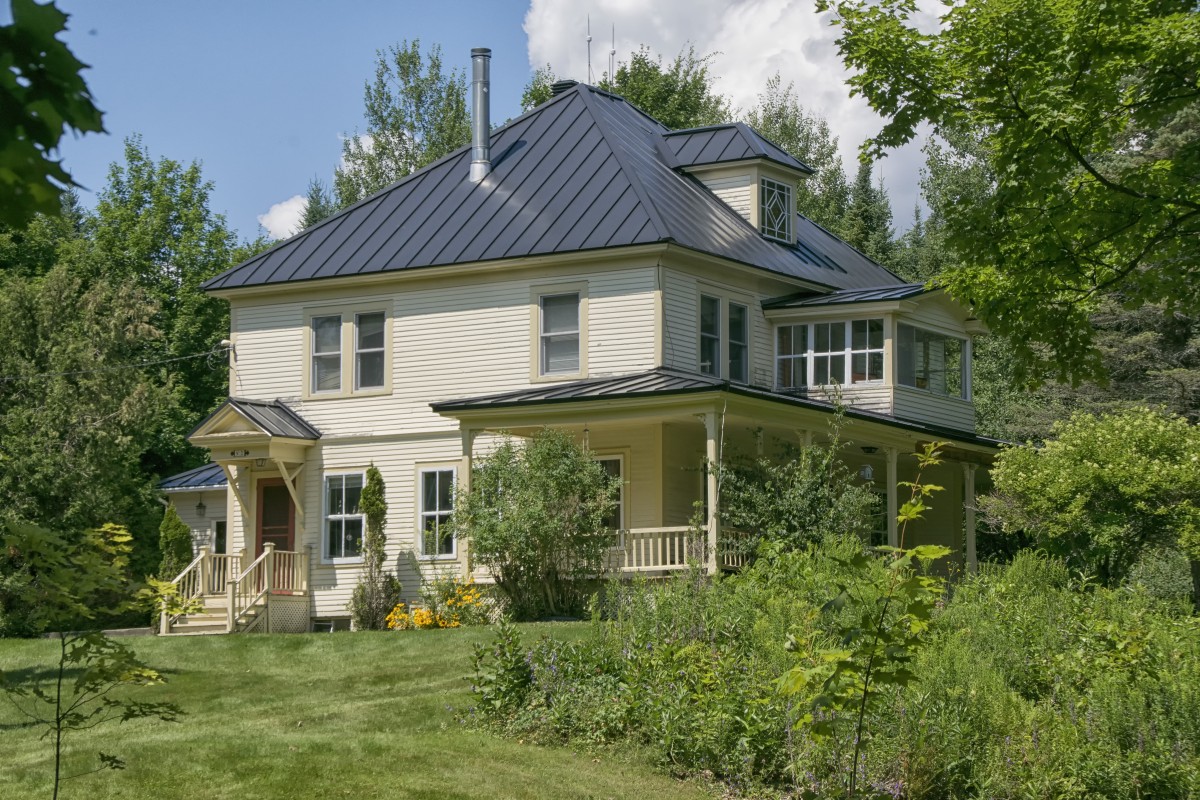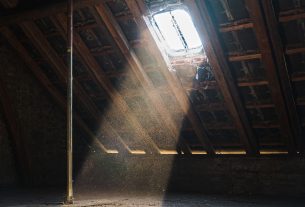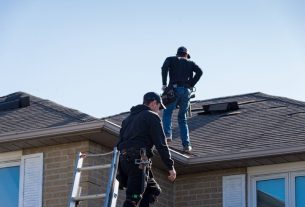What Type of Roofing Should I Choose
The roof covering is the work that finishes the top of a building. It covers the building, and its purpose is to protect it from bad weather. Depending on your tastes and your construction, you can choose between many different roof coverings. In any case, it must be made with care to be durable. Let’s see closer below.
The roofing of a building
It is one of the roof elements and must have specific properties.
The roof of a building consists of a supporting structure (frame or slab) and a covering element of this structure. The structure has load-bearing properties. It has to support its weight, the weight of the roofing, climatic loads (such as snow) and operational loads (such as maintenance). It transmits these loads to the load-bearing walls, which transmit them to the foundations.
The roof then covers the supporting structure.
The roof
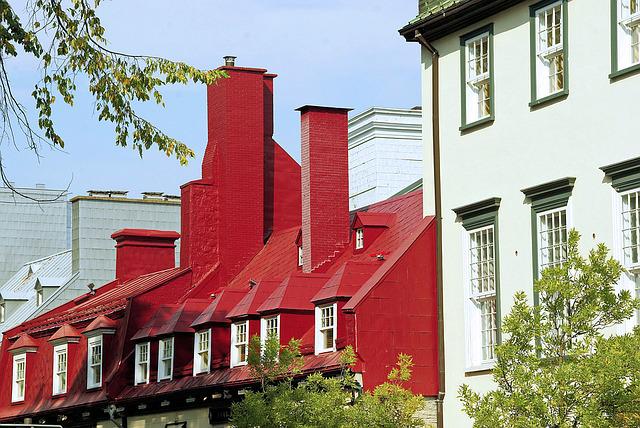
It ensures part of the building’s waterproofing and has an aesthetic purpose. It must be solid (to resist the impact of hail, for example), durable, and retain its properties regardless of climatic conditions (it must not freeze or expand too much in the sun).
The shape of the elements must facilitate the runoff of rainwater to avoid creating pockets of stagnant water. In some cases, it also allows rainwater to be directed to a collector through the gutter system. The units must be able to be fixed durably and as easily as possible on the supporting structure. All materials that achieve these results can be used with certain reservations.
Important: the roofing elements must be able to be assembled on site. Each unit must be maneuverable by one (or even two) workers.
Roofing regulations
Before you embark on such work, it is essential to know your rights and duties in this area. Indeed, restrictions exist, limiting your choice of roofing.
Legislation concerning the location
This is the first element. The building permit application will inform the authorities about the nature of your project, including the roofing. There may be national or local regulations that allow certain roofing materials or colours and not others.
Make an appointment with your local city hall’s architectural or planning department. If you think your application may be rejected because it is not common, try to find nearby homes with the coverage you consider. Take a few pictures and show them at your appointment; it may help.
Consult the condominium bylaws, which may have clauses regarding coverage if you are in a condominium. The same is true in some subdivisions, which contain a bylaw that specifies the colours or types of roofing allowed. These regulations cannot, of course, prevent local or national legislation.
Legislation concerning materials
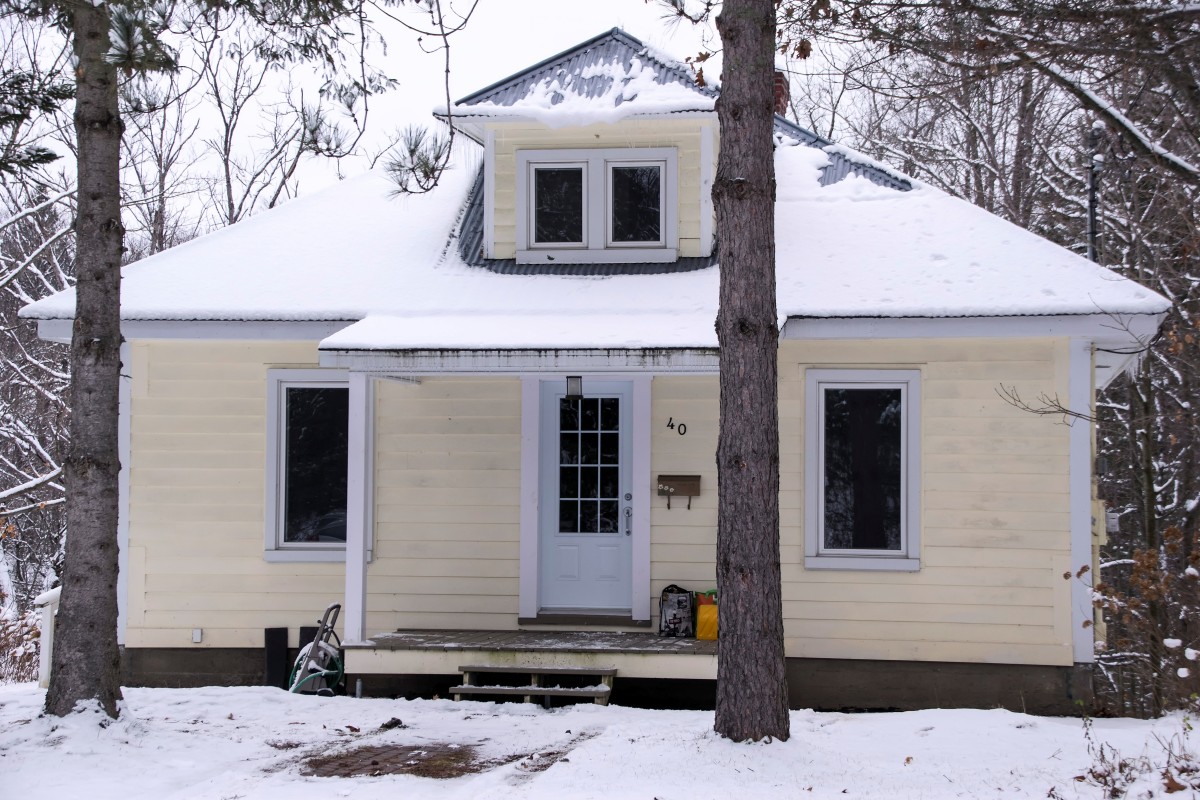
You should also be aware that roofing materials must meet standards covered by insurance. Sometimes a new material may not have been certified. In this case, you need to be sure that the manufacturer is responsible for the quality of the material, i.e., that your homeowners’ insurance policy will cover it if there is a problem.
Even if they are less expensive, be careful with imported materials and products. Not all of them are bad, but you must be sure that they have a mark guaranteeing their conformity to Canadian standards or even superior quality.
They are installed according to the relevant technical documentation or per the manufacturer’s recommendations.
There are 8 types of roofing
There are many different roof coverings to suit all tastes, budgets and technical constraints.
1. Terracotta tiles
The most common roof covering in France is made of clay tiles. Made from kiln-fired clay, the tiles (and their profiles) most often correspond to regional habits and the local climate. They come in different colours, again depending on their profile. Canal in the South-East or flat in the North, the shape implies a particular way of laying.
2. Concrete tile
Concrete roof tiles have the same shape as clay roof tiles but use a concrete manufacturing process. Highly resistant to frost and other weather conditions, the quality models have a lifespan almost similar to those made of clay. They are generally less expensive than clay tiles.
3. Slate
Slate, natural or artificial, has exceptional longevity. It remains with its original properties and colour for up to 100 years. However, it requires a high level of technical expertise for its installation, which is reserved for professionals. Its weight is also more significant than tiles, and the framework must be provided accordingly.
4. Steel tanks
The steel sheets are profiled sheets of protected steel. The coating of the steel sheets resists urban pollution rather badly, especially on the low range models. Resistant and light once in place, they are pretty inexpensive. Some “single skin” designs can cause problems with condensation on the interior.
5. Corrugated sheet
Corrugated sheets are more suitable for annex buildings (garages, garden sheds, etc.). Light and easy to install, they are not all very aesthetic. However, high-end models can present interesting decorations.
6. Fibrocement
Fibrocement (in tiles, slates or sheets) has the advantage of lightness. It can therefore allow the use of slightly less resistant frameworks. On the other hand, it is less durable than terra cotta and requires annual dust removal. It can become porous over time. The presence of asbestos in the fibres is, of course, long prohibited.
7. Wood shingles
Wood shingles are mainly used in mountain areas. Aesthetic and durable, wood roofing also has thermal and sound insulation properties. However, it is reserved for professionals, who are quite few to have the necessary skills.
8. Bituminous coatings
Bituminous coatings (in rolls or shingles) are generally not authorized by the town halls to cover a house. Their application is instead reserved for secondary buildings (annexes). However, they have undeniable advantages (low cost, ease of installation, lightness), and they often have a ten-year guarantee. They are mainly used in the USA and Canada. Transparent polycarbonate or PVC covers are used in much the same way.
Good to know: there are some types of roofing whose use is essentially regional, such as thatch. Professionals always make them; they often correspond to old techniques but can find their usefulness, mainly because they use local natural materials (thus little grey energy).
